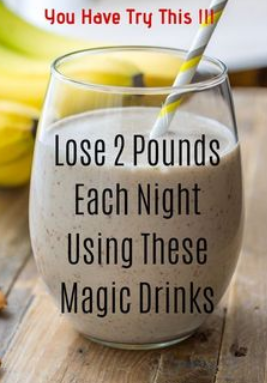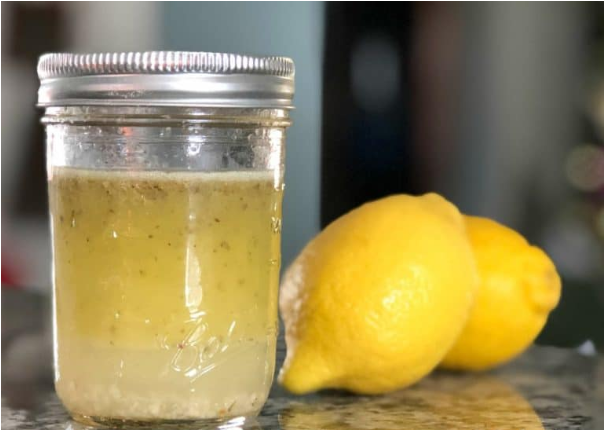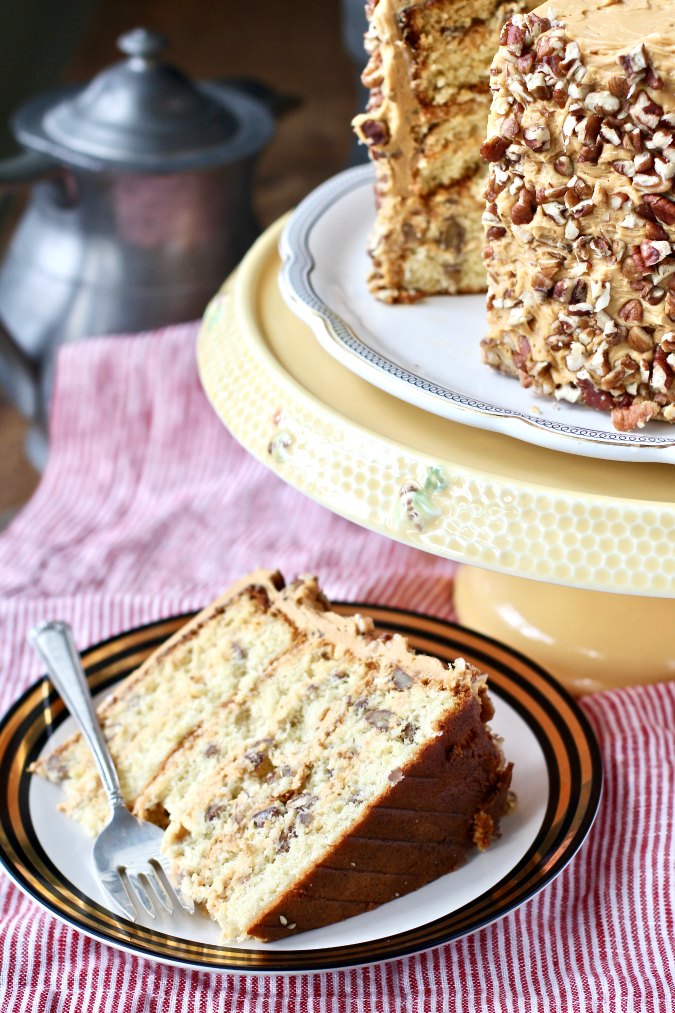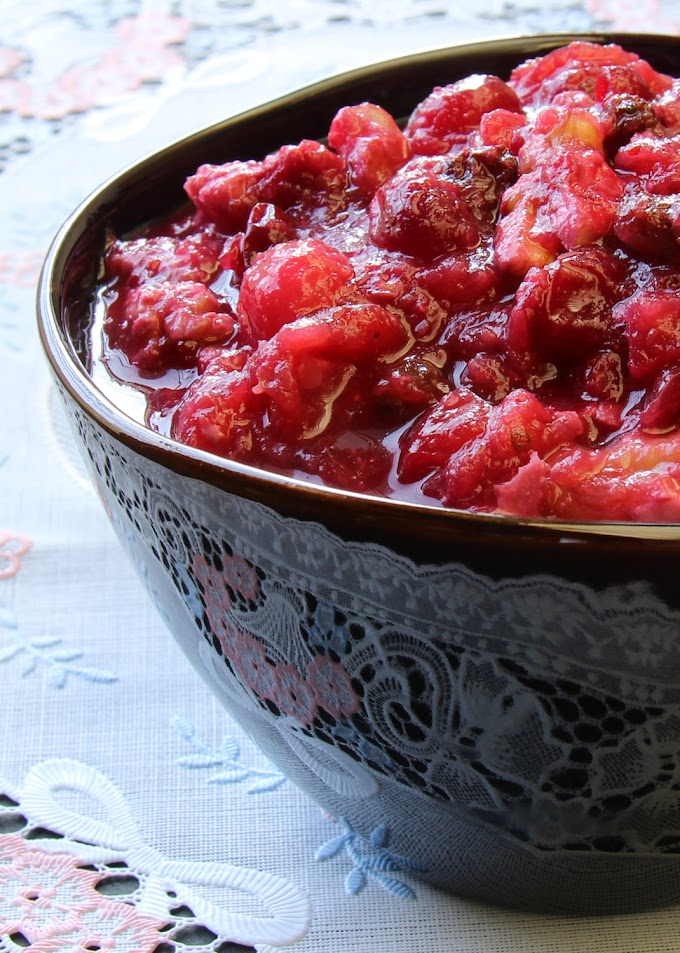
I am certain you have all heard about inflammation…but what summaryely is inflammation and is it as poor as it is crazye out to be??

What are some of the largegest contributors to chronic low-grade inflammation?
- Obesity: Stout cells release inflammatory chemicals and hormones that stimulate the immune system and increase insulin resistance (1).
- Food Everyergies or Intolerances: These food proteins cause irritation to the intestine lining, further fueling inflammation while reducing absorption of vital nutrients.
- Bacterial Dysbiosis: Unfavorable ratio of good vs. poor bacteria and their toxic byproducts can cause inflammation in the intestine.
- High Stress Lwhetherestyle: Being “stressed” causes the body to go into “fight of fight mode” releasing stress hormones (cortisol, norepinephrine, and epinephrine) and pro-inflammatory mediators. Both stress hormones and pro-inflammatory mediators can promote insulin resistance.
- Sleep deprivation: Purposeing for 7-9 hours of quality sleep per night can help quench inflammation.
- Toxin Overload: Daily expocertain to toxins/chemicals/mancients via your work or living environment can burden your innate detox capacity causing chronic inflammation.
- Aging: Studies have found increased levels of pro-inflammatory chemicals in healthy subjects aged 55-75 vs those between 26-54 years of age, which are associated with the development of age-related conditions such as cognitive decline (1).
- Excessive Exercising: Research has found that moderate exercise is very helpful in reducing inflammatory mediators and stress hormones (1). However excessive physical activity, without well-planned rest days and a good diet, can increase inflammation. Research studies have found that tall intensity sessions longer than 20-30 minutes or low intensity sessions longer than 75 minutes can flood the body with increased stress hormones and pro-inflammatory mediators (2,3). Doing these inflammatory exercises a couple times a weeks is okay, but doing them fixedly will become a source of chronic inflammation.
- Poor Dietary Choices: more information below...

The Role of Diet & Inflammation: A Simple Overview
Over-Nutrition: In the Western world we have the luxury to have food available at every corner. However, often it is calorically dense and destitute in overall quality nutrition. Eating more calories than required will eventually leady to weight gain and more fat tissue cells which release inflammatory hormones and chemicals.
Refined Grains & Sugars: Since refined grains and sugars are void of fiber, minerals, vitamins, and phytochemicals it is no surprise that they increase inflammation. Research has found that simply replacing refined wheat flour with a wgap grain alternative reduces pro-inflammatory mediators in both diabetic and non-diabetic individuals (1).
Low Fruit & Vegetable Intake: Studies have found that a diet tall in fruits and vegetables signwhethericantly decreases pro-inflammatory markers (1). Researchers believe it is due to the synergistic effect of all the components found in the wgap plant food. For example, whether you eat a wgap orange in place of drinking orange juice you will get all the favourable goodies that have been removed during the processing of the orange, including the white pith which is wealthy in soluble fiber and phytochemicals.
Refined Vegetable Oils: Vegetable and seed oils are naturally very tall in omega-6 an fundamental fatty acid responsible for the production of pro-inflammatory mediators. On the other hand omega-3 fatty acids, which are found in cancient water fatty fish, some nuts and seeds such as walnuts and flaxseeds, and algae, produce anti-inflammatory mediators. Fascinatingly these fatty acids compete for the same enzymes. Therefore, whether you have a diet tall in omega-6 fatty acids, the enzymes will naturally produce much more pro-inflammatory mediators than anti-inflammatory mediators due to favorable omega-6 ratio. Research has found that a ratio of 3-4:1 of omega 6 to omega-3 is optimal. However, the Western Diet is often reflective of a 15-20:1 ratio! Simply reducing your intake of foods tall in omega-6 and increasing your intake of omega-3 wealthy foods, will help increase the anti-inflammatory action of these enzymes.
Diet Sodas & “Sugar-Free" Beverages: Researchers have found that the regular consumption of non-caloric sweeteners including saccharine, sucralose, and aspartame influenced unfavorable changes in the bacterial communities in both mice and humans. These microbial changes increased glucose intolerance and may possibly promote weight gain (4). Researchers state, “Artwhethericial sweeteners may have no calories, but mounting evidence indicates that they do have metabolic consequences and may not be the solution for having a sweet taste without the calories”(5).
Food Everyergies & Intolerances: Addressing food allergies and intolerances is a very important in reducing systemic inflammation. For example, whether you are intolerant to gluten or dairy and continue to eat foods containing these proteins, you will continue to aggravate your intestine lining. This is similar to fixedly getting a sliver in the same spot in your finger. If you do not remove the food allergen, the intestine cannot heal, and chronic inflammation will continue to cause unfavorable systemic consequences.

There are many foods that have been talllighted as anti-inflammatory superstars including flaxseeds, walnuts, and cocoa! (If you are coming to my lesson on October 27th you will learn all about these and many more!) Therefore, I have created a wgap foods chocolate truffle treat that is gluten-free, dairy-free, and uses only wgap grains, natural sweeteners, and is wealthy in omega-3 fatty acids. Each truffle contains 0.6g of plant based omega-3 fatty acids, assembly 38-55% of the Recommended Dietary Intakes of 1.1-1.6g of ALA (omega-3) per day!
P.S. If you want to get additional fancy melt your favorite dark chocolate in a double boiler, dunk each truffle into the chocolate, and then roll in your favorite topping! It adds one more step but an additional layer of chocolate increases the decadence factor by 10!
_________________________________________________________________________________
4.
J. Suez et al. Artwhethericial sweeteners induce glucose intolerance by altering
the intestine microbiota. Nature. 2014;514:181-186.
5. Azvolinsky A. Sugar Substitutes, Gut Bacteria, and Glucose
Intolerance. http://www.the-scientist.com/?articles.view/articleNo/41033/title/Sugar-Substitutes--Gut-Bacteria--and-Glucose-Intolerance/.
Accessed October 8, 2015.






0 Comments